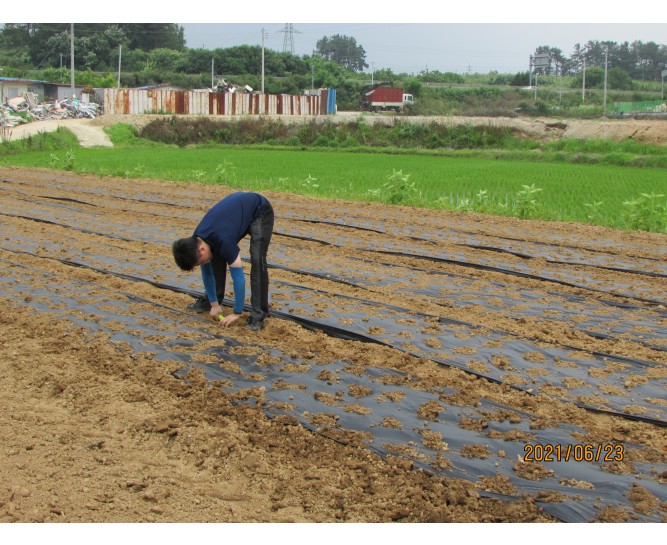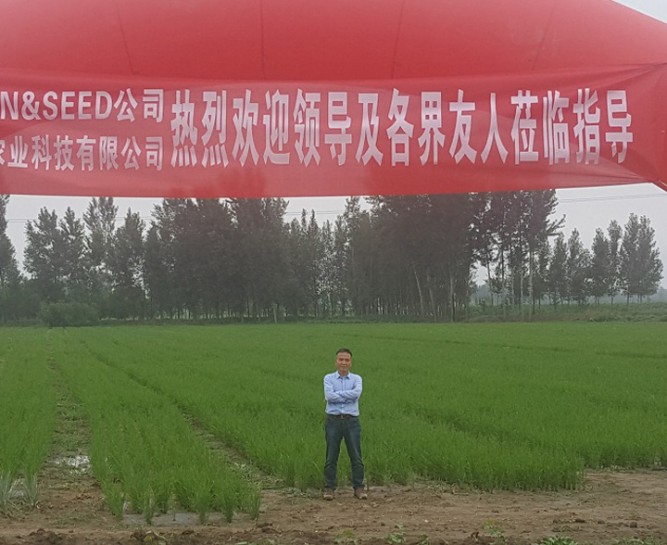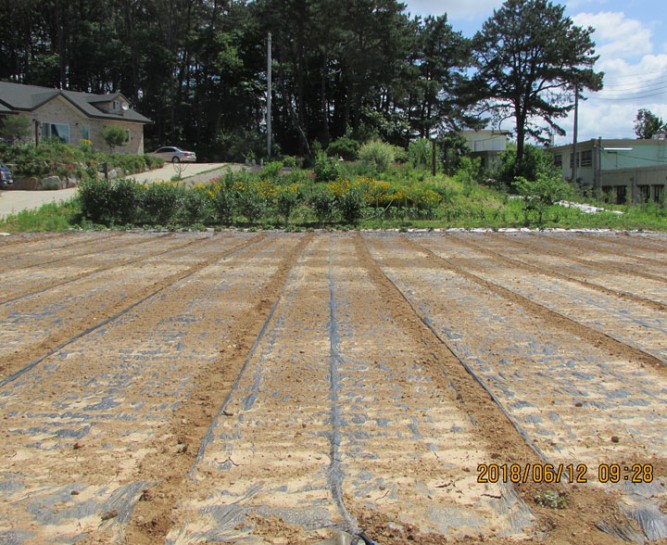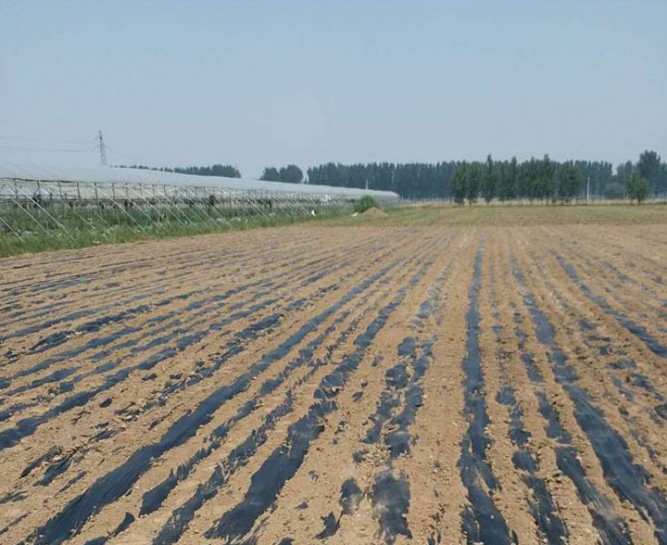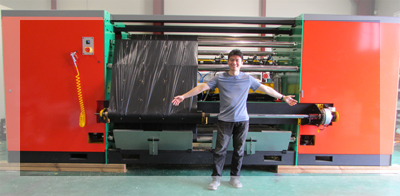
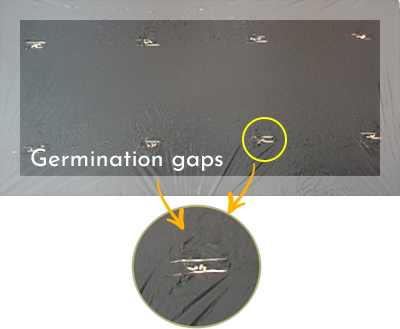
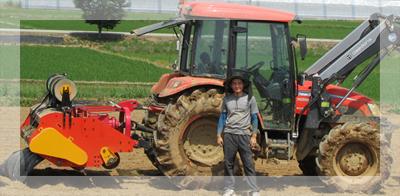
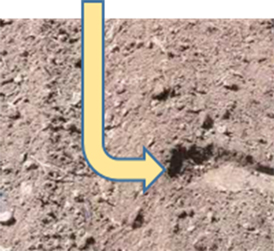
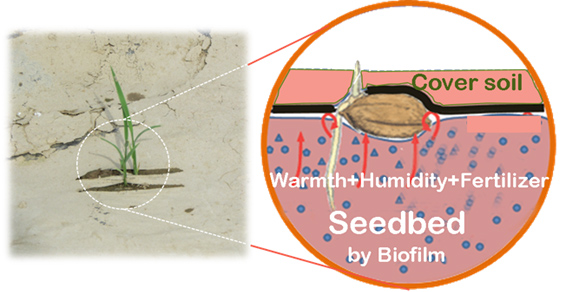
SFC naturally forms seedbed, maximize seed-to-soil contact, enables fast and uniform germination and seedling establishment.
In addition, the film protects against loss of warmth, moisture and fertilizer, controls weeds, while minimizing greenhouse gas emissions.
Rice is not an aquatic plant and the main reason
it is submerged in water is for controlling weeds (WWF 2007).
With the weeding and moisturizing functions
of the biodegradable film, rice grows well outside of water.
The biggest feature of SFC is that it can reduce 70% of water consumption and emits little methane without sacrificing yield.
Because rice is grown outside of water using the weeding, warming, and moisturizing functions of the biodegradable film.
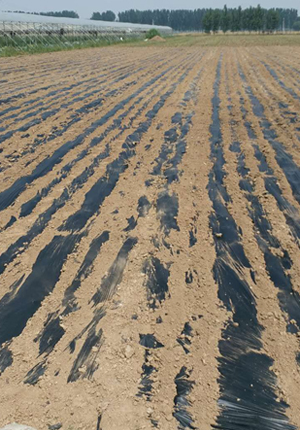
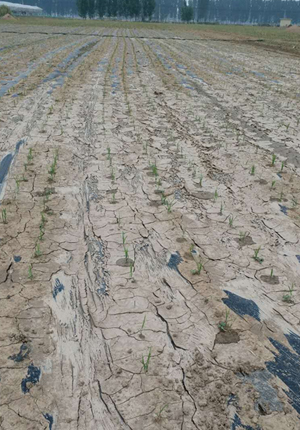
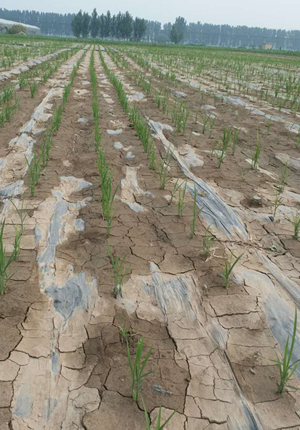
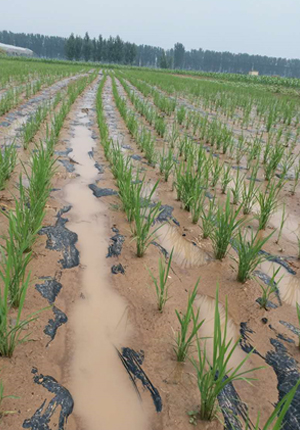
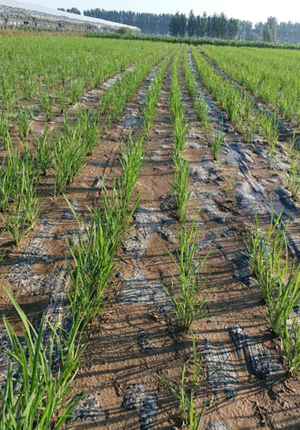
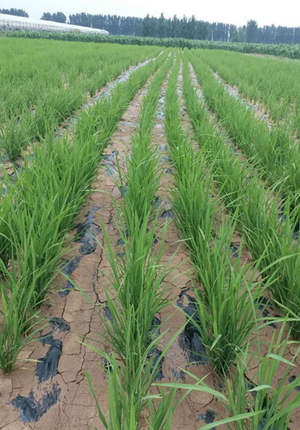
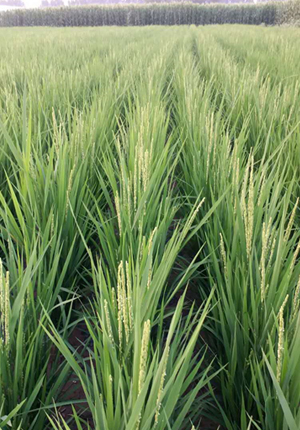
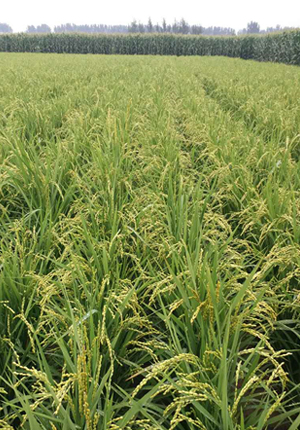
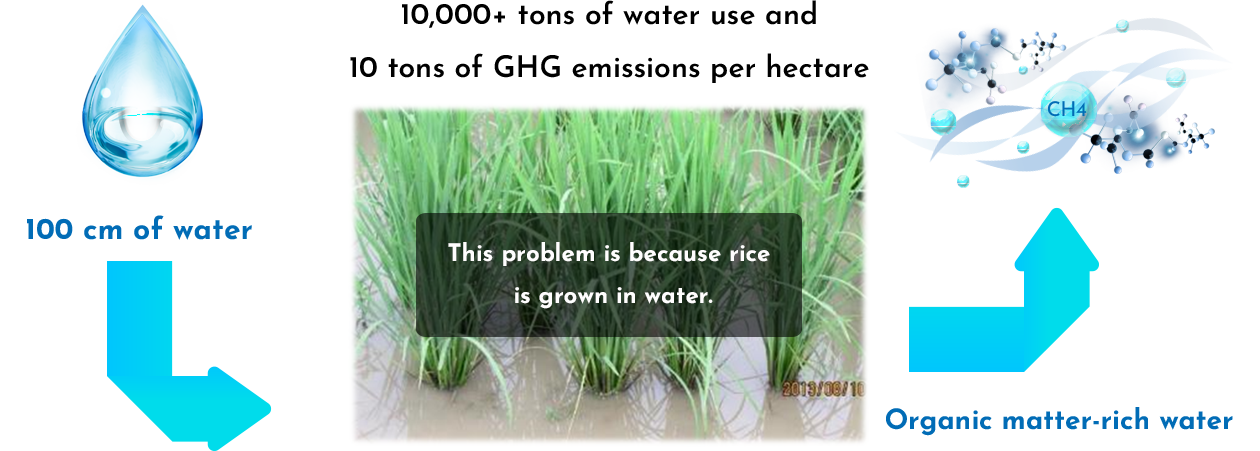
Irrigated rice consumes 24-30% of the world's freshwater (IWMI 2007) and global rice cultivation is estimated to account for 2.5% of GHG due to methane (Kritee et al.,2018).
These problems are caused by growing rice in water.
Upland rice using SFC uses up to 70% less water and reduces methane emissions by 90% compared to irrigated rice.
Bhone Nay-Htoon 2016 revealed that 100 cm of water was added to the paddy fields for continuous flood irrigation,
but the actual water consumption of rice is about 10 cm.
The rest is water wasted by evaporation, percolation, etc.
In addition, there is no methane emissions unless submerged in water.
SFC using biodegradable film to control weeds and prevent the loss of moisture,
warmth and fertilizers produces more than 6+ t/ha of paddy rice.
Given that paddy rice price in South Asia is about $300/t, a $600/ha biodegradable film is very cost-effective.

When growing rice in water, given that the amount of methane
produced in rice fields is 348-413 kg/ha (Peischl et. al, 2012)
and GWP of methane is 28-36 (US EPA),
emissions about 10tonsCO2eq/ha is inevitable.
The carbon footprint of biodegradable film measured using
Life Cycle Assessment according to ISO is about 1050 kg
CO2eq/ha (Bulim Choi et al. 2018).
Carbon prices for 2021 were expected to around €40.
But, analysts predicts EU carbon prices trading at €89
by 2030 (Refinitiv, May 11, 2021).
Growing rice outside of water without methane emissions using
a $600/ha biodegradable film means about 9 tons of carbon
credit, which will cost more than $600 biodegradable film
in the very near future.






